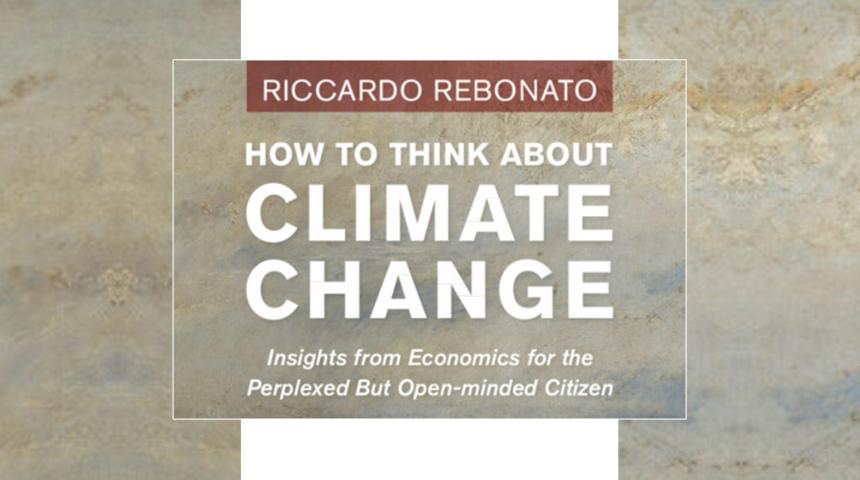3 questions to Gianfranco Gianfrate on the risks associated with crowdlending
With a potential global amount of USD 900 billion in 2024, peer-to-peer lending is not a niche anymore. In a recent paper published in Eurasian Business Review, Gianfranco Gianfrate, Professor at EDHEC, and his co-authors, have analyzed over 6000 european loans between 2012 and 2018, highlighting that the returns are not consistent with the riskiness borne by lenders.
Why did you choose to analyse the P2P lending market?
One of the most fascinating questions for finance scholars is to understand whether the FinTech revolution started few years ago will eventually lead to a world without traditional banks. Will financial innovations like digital payments, cryptocurrencies, and crowdfunding make banks useless? This is an interesting question with implications for banks, start-ups, financial regulators and in general for our lives. We choose to study, in particular, whether it is efficient to get loans on crowdlending platforms in comparison with traditional banks. In fact, platforms on which a person or a company can receive loans from “peers” are proliferating throughout the world. Understanding whether this alternative finance channel can work is therefore very stimulating.
The big risk we see is that due to the absence of relevant incentives for the crowdfunding platforms to select and monitor borrowers, the quality of loans can be very low and borrowers may not be able to pay back the money and the promised interests. This also because these platforms have experienced an exponential growth and may not be able to analyse in depth the quality of the loans transacted: potentially, low-quality borrowers will be flooded with capital and nobody is monitoring the issued loans or bonds. In case a very high volume of insolvencies happens this can pose great risks to the entire financial system and the real economy.
You’ve highlighted a structural and consistent mispricing of these loans: could you tell us more?
In our research we show that the risk level of loans is inversely related to the returns promised to lenders: the higher the risk, the lower the return and vice-versa. This evidence is in striking contrast with the key principle of finance stating that higher returns should compensate for higher risks. This means that platforms do not seem to price correctly the risk of the loans and therefore crowdlenders are accepting to take high risks in exchange for low returns.
This finding has several implications for the policy-making and the crowdfunding research. Because crowdfunding is raising across industries, there is need for better regulation to be sure that crowdlenders understand how much risk they are facing when investing on P2P platforms. Also the platforms themselves should be careful about the quality of the loans they transact and adopt screening and scoring systems to be sure that the level of risk of the loan is measured accurately.
You show that “the presence of a green orientation—but not of a social one—is associated with less than efficient promised returns”: could you elaborate and draw some policy implications?
Our results can be explained considering that crowdlenders may be willing to accept low returns from high risk projects because they are not able to fully understand how risky the project really is. An alternative explanation is that crowdlenders are aware of the ‘mispricing” of the loans but they accept knowingly such mispricing because they have other non-financial motivation. In our research we find that the mispricing is particularly strong for projects with a green orientation (for example, loans to finance photovoltaic energy plants). This evidence seems to indicate that the investors that are sensible to ecological issues may be willing to accept low financial returns (in terms of interest) when the loans have a defined environmental impact. This is an interesting result because it shows that there is a great potential for projects that can contribute to the transition to a low-carbon world.
References
Adhami, S., Gianfrate, G. & Johan, S. Risks and returns in crowdlending. Eurasian Business Review (2023). https://doi.org/10.1007/s40821-022-00236-x




